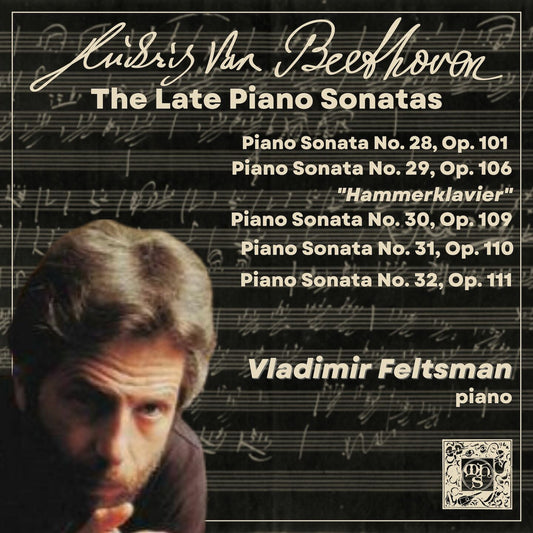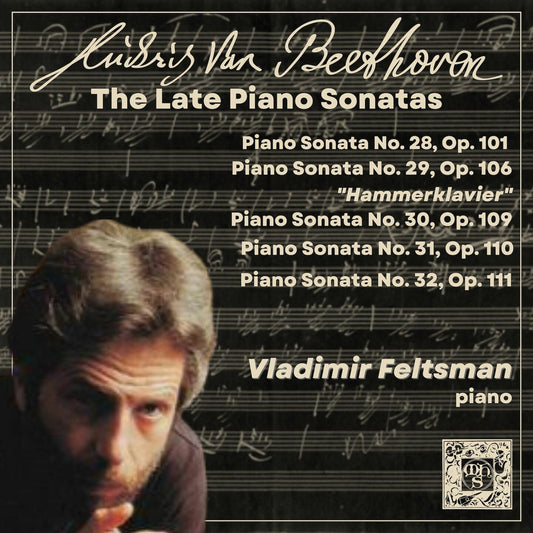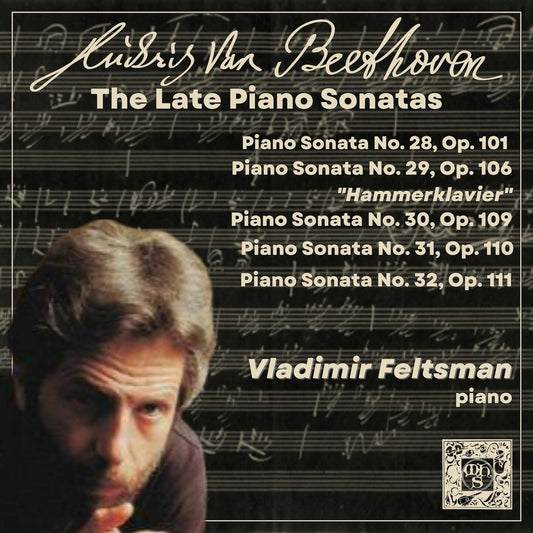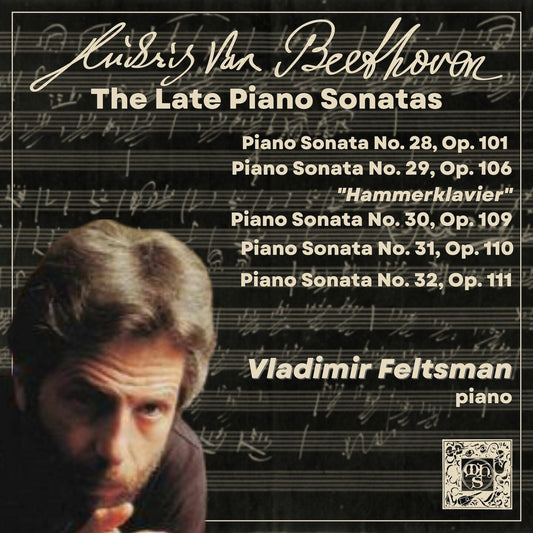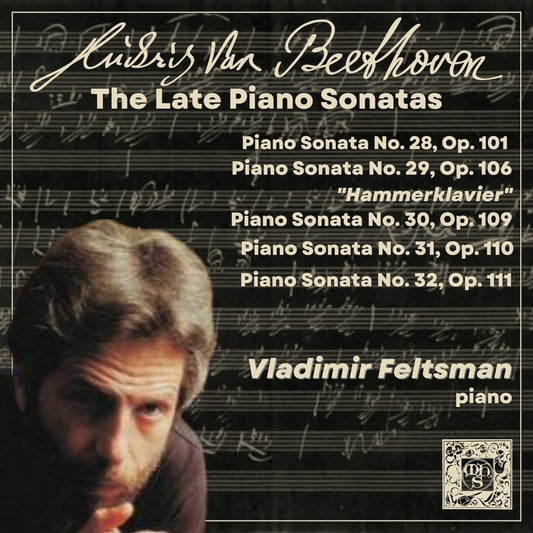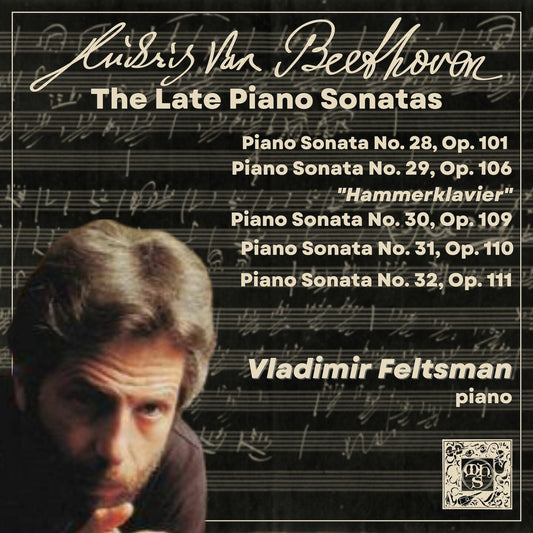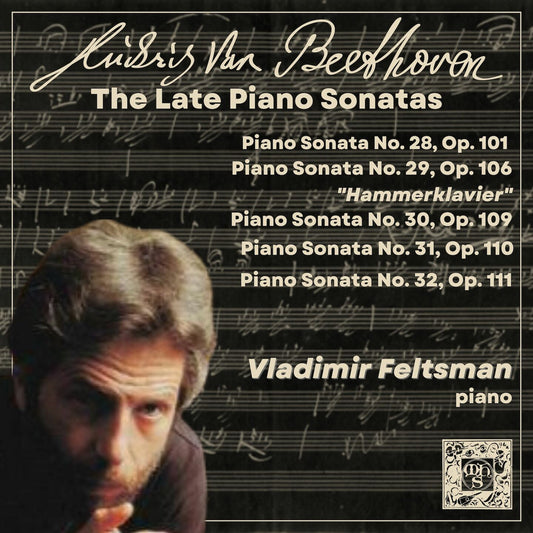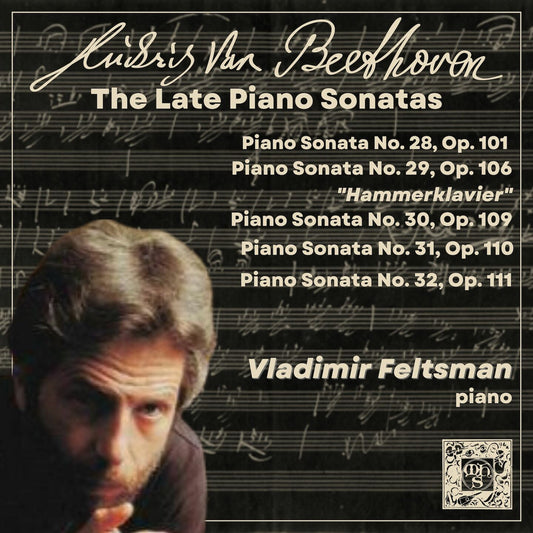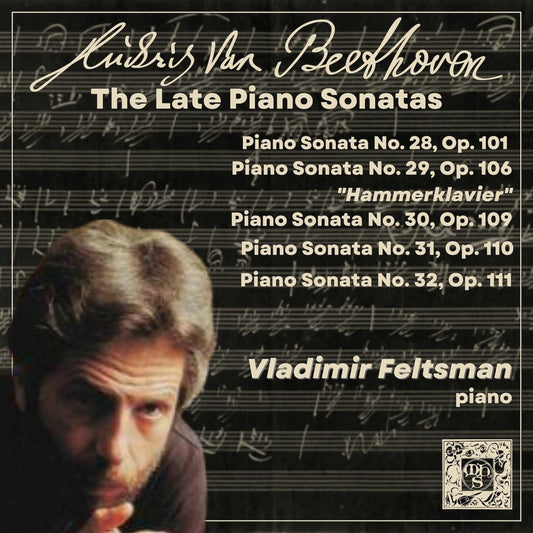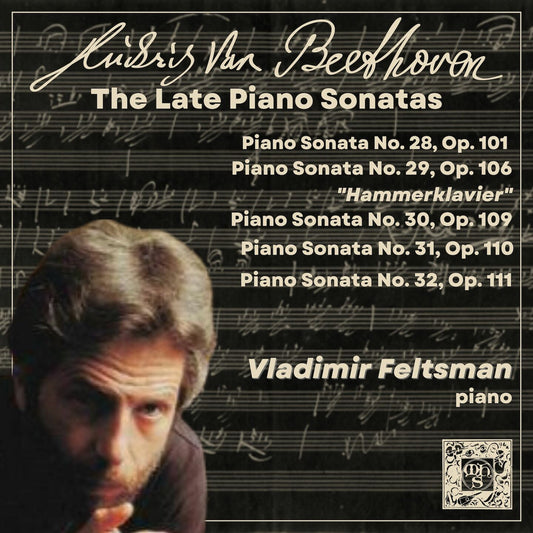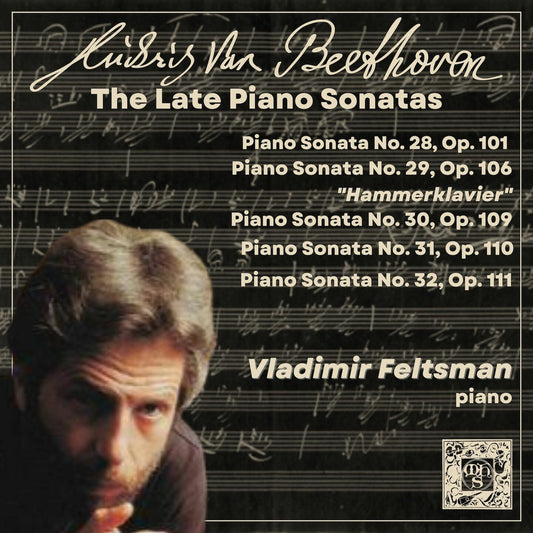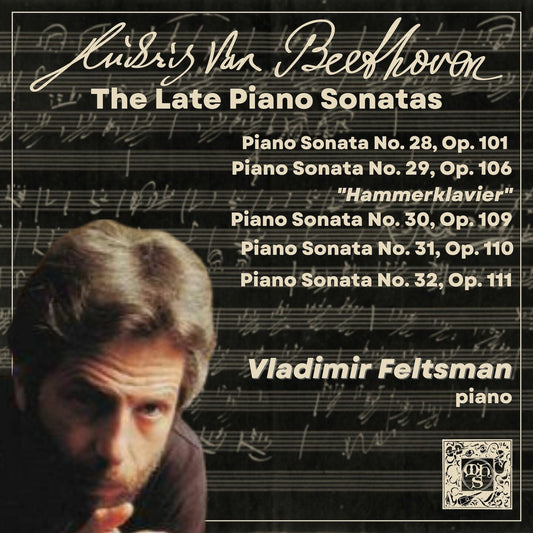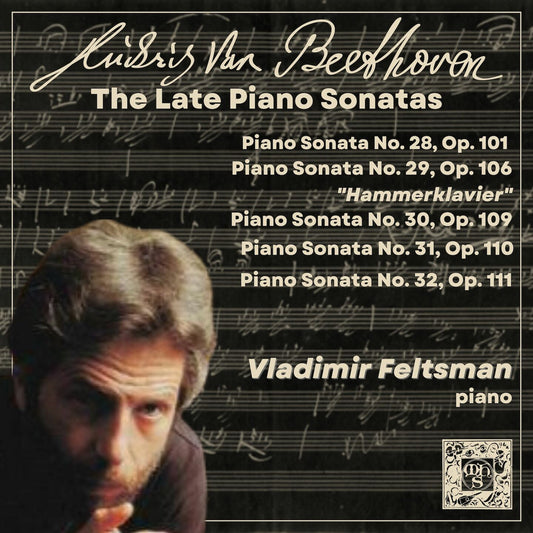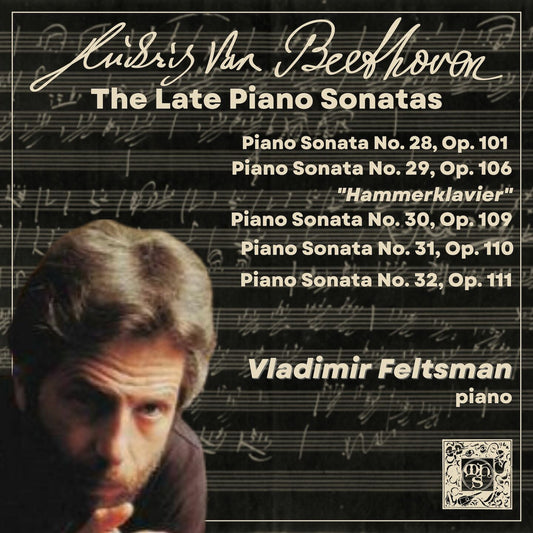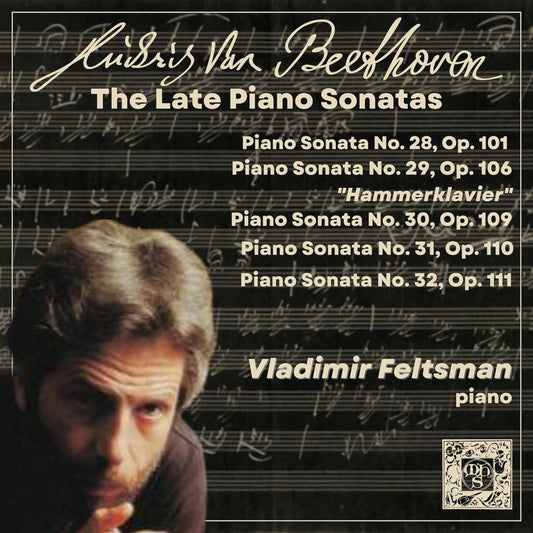-
Digital Track
Piano Sonata No. 28 in A Major, Op. 101 I. Allegretto, m...
ExploreRegular price $0.99Regular priceUnit price / per -
Digital Track
Piano Sonata No. 28 in A Major, Op. 101 II. Vivace alla ...
ExploreRegular price $0.99Regular priceUnit price / per -
Digital Track
Piano Sonata No. 28 in A Major, Op. 101 III. Adagio, ma ...
ExploreRegular price $0.99Regular priceUnit price / per -
Digital Track
Piano Sonata No. 28 in A Major, Op. 101 IV. Allegro
ExploreRegular price $0.99Regular priceUnit price / per -
Digital Track
Piano Sonata No. 29 in B Flat Major, Op. 106 "Hammerklav...
ExploreRegular price $0.99Regular priceUnit price / per -
Digital Track
Piano Sonata No. 29 in B Flat Major, Op. 106 "Hammerklav...
ExploreRegular price $0.99Regular priceUnit price / per -
Digital Track
Piano Sonata No. 29 in B Flat Major, Op. 106 "Hammerklav...
ExploreRegular price $0.99Regular priceUnit price / per -
Digital Track
Piano Sonata No. 29 in B Flat Major, Op. 106 "Hammerklav...
ExploreRegular price $0.99Regular priceUnit price / per -
Digital Track
Piano Sonata No. 30 in E Major, Op. 109 I. Vivace, ma no...
ExploreRegular price $0.99Regular priceUnit price / per -
Digital Track
Piano Sonata No. 30 in E Major, Op. 109 II. Prestissimo
ExploreRegular price $0.99Regular priceUnit price / per -
Digital Track
Piano Sonata No. 30 in E Major, Op. 109 III. Gesangvoll,...
ExploreRegular price $0.99Regular priceUnit price / per -
Digital Track
Piano Sonata No. 31 in A Flat Major, Op. 110 I. Moderato...
ExploreRegular price $0.99Regular priceUnit price / per -
Digital Track
Piano Sonata No. 31 in A Flat Major, Op. 110 II. Allegro...
ExploreRegular price $0.99Regular priceUnit price / per -
Digital Track
Piano Sonata No. 31 in A Flat Major, Op. 110 III. Adagio...
ExploreRegular price $0.99Regular priceUnit price / per -
Digital Track
Piano Sonata No. 32 in C Minor, Op. 111 I. Maestoso - Al...
ExploreRegular price $0.99Regular priceUnit price / per -
Digital Track
Piano Sonata No. 32 in C Minor, Op. 111 II. Arietta. Ada...
ExploreRegular price $0.99Regular priceUnit price / per
EXPLORING MUSIC BLOG POSTS
View all-
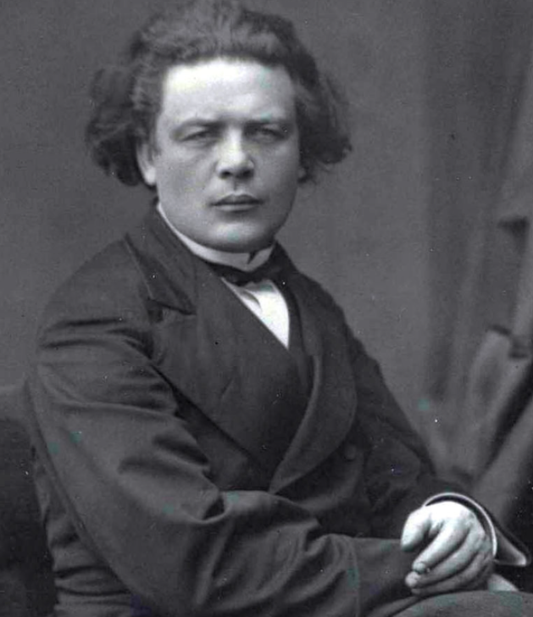
Anton Rubinstein: Composer, Pianist, and Vision...
The MHS StaffExplore Anton Rubinstein’s life, music, and the rare recordings preserved in the Musical Heritage Society collection.
Anton Rubinstein: Composer, Pianist, and Vision...
The MHS StaffExplore Anton Rubinstein’s life, music, and the rare recordings preserved in the Musical Heritage Society collection.
-

Jack Wilkins: A Jazz Guitar Virtuoso’s Legacy w...
The MHS StaffCelebrate the artistry of Jack Wilkins, his jazz guitar legacy, and his timeless recordings with the Jazz Heritage Society.
Jack Wilkins: A Jazz Guitar Virtuoso’s Legacy w...
The MHS StaffCelebrate the artistry of Jack Wilkins, his jazz guitar legacy, and his timeless recordings with the Jazz Heritage Society.
-
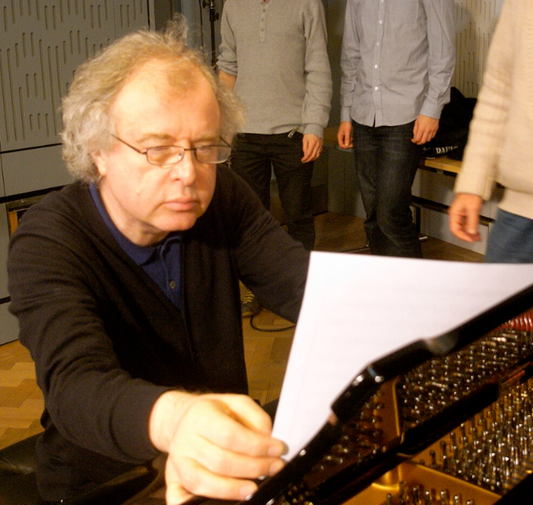
András Schiff: A Master Pianist’s Enduring Lega...
The MHS StaffExplore Sir András Schiff’s artistry and his enduring legacy through recordings with the Musical Heritage Society.
András Schiff: A Master Pianist’s Enduring Lega...
The MHS StaffExplore Sir András Schiff’s artistry and his enduring legacy through recordings with the Musical Heritage Society.
1
/
of
3

